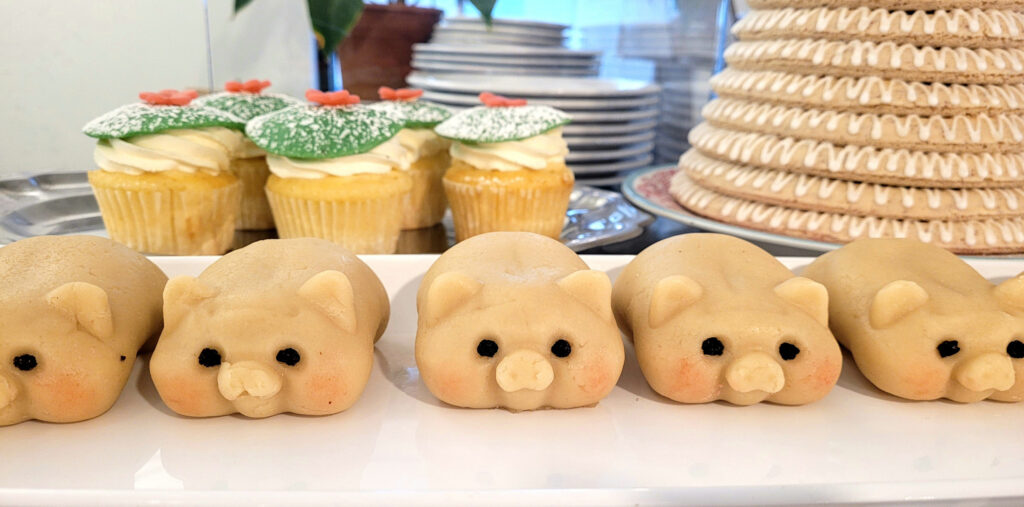– by Steve Sheppard –
Ok, last month I got your attention talking about caffeine, trigonelline, and B3 in coffee. This month we talk about the carbs and protein in coffee … yes, I said protein. These two compounds contribute to coffee’s smell and taste.
Carbs in Coffee – I’ll bet you didn’t know that carbs make up 50% of coffee’s dry weight! While there are some carbs left over after the roasting process is complete, the few that remain are removed during the brewing process. The remnants of these carbs contribute to the body or the “mouth-feel” of coffee as it’s referred to in the tasting world of coffee.
Why Coffee is Brown in Colour – there are numerous types of carbs in coffee, but none more important than sucrose, more commonly known as table sugar. Up to 9% of Arabica’s composition is sucrose, which, as the temperature reaches 150° C during roasting, causes the beans to start caramelizing. This is known as the Maillard process. The conversion of sugar is what gives coffee its brown colour and sweet, caramel-like aromas. The ketones that are converted during roasting also create the butterscotch-like notes reminiscent of popcorn. During the roasting process organic acids are produced, which is another of the elements that contribute to the quality coffee is rated for. The acidity, or “brightness,” in coffee is a good thing.
Protein in Coffee – protein comprises up to 13% of Arabica coffee in free or bound forms (less in the Robusta beans you would get from Tim Horton’s). Factors such as level of green maturation, origin and storage conditions all have an effect on protein byproducts created during and after roasting.
It’s the roasting of our beloved green bean that transforms the proteins and carbohydrates to form the aromatic beverage we enjoy today. As the Maillard process occurs, the proteins combine with the sugars to form aromatic compounds known as “furans,” which impart sweet caramel-like notes. There are literally hundreds and hundreds of aromatic compounds created during the roasting process – each contributing to create coffee’s complex aromatic structure.
Another promising thing about coffee from a chemistry and taste perspective is: it has potent antioxidant, antimicrobial and anti-inflammatory properties. This is certainly great news, considering that coffee is the second-most-popular beverage in the world after water. It’s just another reason to enjoy a freshly roasted, ground and brewed cup of coffee at your favourite café … Steve out.




